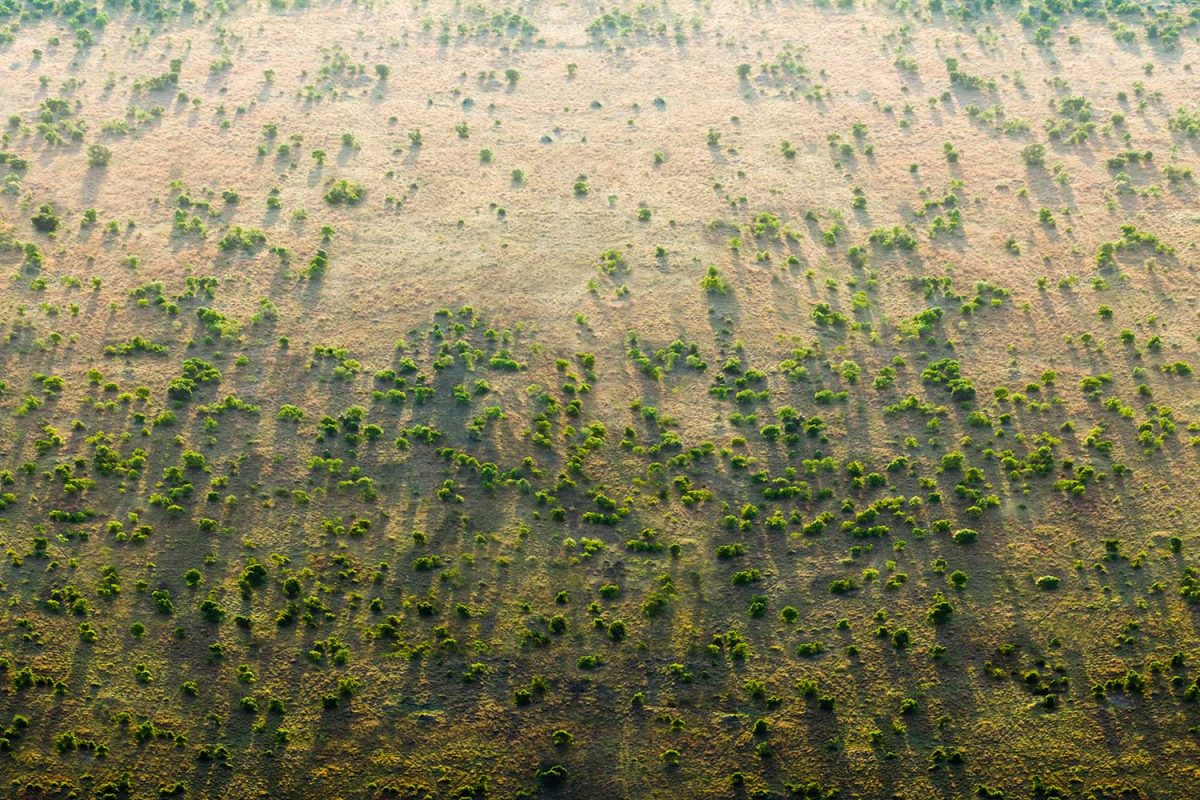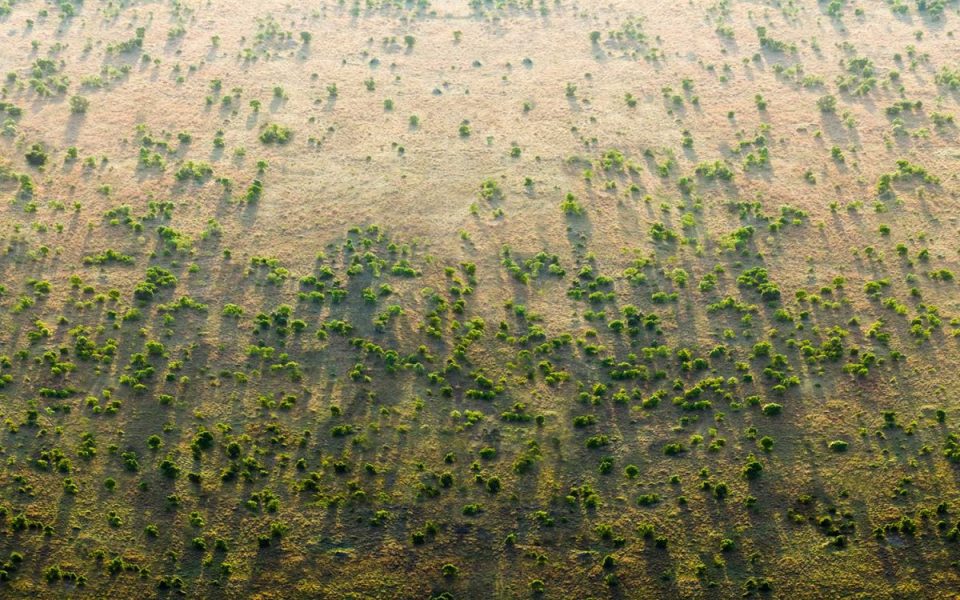NFTrees Could Help Africa Combat Land Degradation
When most people hear the phrase “NFT,” they probably don’t think “sustainability.” In fact, they probably think the exact opposite — that NFTs are increasing global warming and expediting the impact of climate change. But these concerns are significantly overblown.
Yes, NFT technologies do consume some energy. However, it’s nowhere near the levels indicated in the much-hyped studies often cited by detractors. And in fact, NFTs have actually led to some truly intriguing projects that could help address climate change.
Enter Kaloscope. The metaverse platform recently announced it would be adding William Kwende to its board as its Strategic Sustainability Advisor and launching a project called The Great NFTrees.
A tale of two tree projects
The Great NFTrees project will allow users to purchase tree NFTs connected to geo-tagged locations of actual trees planted in Africa’s Great Green Wall. If you aren’t familiar with it, the Great Green Wall is the world’s largest carbon capture project, aiming to grow one trillion trees across an 8,000 km stretch of land in Africa. Yes, that’s one trillion trees.
The Great NFTrees will be connected to one of three species in the Great Green Wall: baobab, acacia, and shea. After making a purchase, collectors will be able to display their digital assets in their own unique Kaloscope metaverse space which, Kirck Allen, Kaloscope’s founder and CEO, says will itself be an NFT. And because each tree comes with a geotagged location, collectors will know exactly where their sustainable purchase is in the Great Green Wall.
“There has been a lot of talk of NFTs not being sustainable,” Allen lamented in an interview with nft now. “To be able to tie this together in a romantic way, wherein you can have digital assets or collectibles based on a tree in Africa and be able to say that you collected it and have a location number, you know where it is. There’s an emotional attachment to it, it’s connected to something real. I showed this to William and some of my friends who are from South Africa and some of them started to cry. Because it reminded them of home, of a tree they grew up under.”
“It reminded them of home, of a tree they grew up under.”
Kirck Allen
In Kwende, Allen found the perfect partner for the project. Kwende is a well-known figure in the sustainability world, having founded Agritech in 2005, a company that focuses on achieving sustainable development goals by training farmers in the West African Sahel and supporting local economies. Kwende has also been working on a project called the “Zero Carbon, Zero Deforestation Shea Value Chain” since 2010. It works with global partners to create interconnected ecovillages and provide renewable fuel, power, and other sustainable agricultural tech to the region.
And if those accolades aren’t enough, Kwende also leads the Great Green Wall initiative with the World Economic Forum and the United Nations.
“We see the great Green Wall as an economic opportunity for the people of the Sahel and the world,” Kwende explained in an email exchange with nft now. “Our objective is to partner with Kaloscope to widen the investor base for the initiative. NFTs represent a new frontier in fintech and an infinite growth path for investments in the Great Green Wall. Kaloscope has proven leadership in the NFT ecosystem with a strong focus on doing good and doing well.”
Funding the future

In July 2021, Allen spoke with Kwende about the potential for the metaverse and NFTs to contribute to The Great Green Wall. The conversation led to the birth of the idea for The Great NFTrees.
“I used to work in the sustainability space and the biggest thing I saw over the years is the fact that people try to donate to certain causes, but there isn’t much traceability,” explained Allen. “If you want to donate to a [forest sustainability project], people don’t know if they actually went and planted their tree, they don’t know where it’s located. All you get is a thank you email and a picture of a giant forest that could have been a stock image,” he says.
The Kaloscope app, where users will be able to display their metaverse spaces and purchases, will use what Allen calls “perkabilities,” a portmanteau of “perks” and “utilities.” The idea is to add perks to these digital assets. Collectors might get access to exclusive events, a one-on-one conversation with William, or a number of other ideas the platform has in the works.
Ninety percent of revenue from The Great NFTrees drop, which will mint on the Polygon blockchain and take place later this year on a website still in development, will go toward the Great Green Wall project. The remaining 10 percent will cover administrative costs. Kaleidoscope plans on letting collectors purchase the NFTs with various cryptocurrencies.
“We are excited to create this innovative space enabling sustainable planting of millions of trees with Kaloscope,” said Kwende in a press release. “Personally, I am ecstatic to work with a visionary leader like Kirck and the dynamic team he has surrounded himself. Only they were able to translate the digital requirements in bringing the Great Green Wall initiative into the metaverse.”
Excitingly, the project is also open to expanding the Kaloscope metaverse to possibly include attaching carbon credits to its Great NFT Trees. Current carbon markets are somewhat complex, and keeping track of carbon credits as they’re bought and sold is just one potential area the blockchain could contribute to regarding sustainability efforts.
The post NFTrees Could Help Africa Combat Land Degradation appeared first on nft now.

